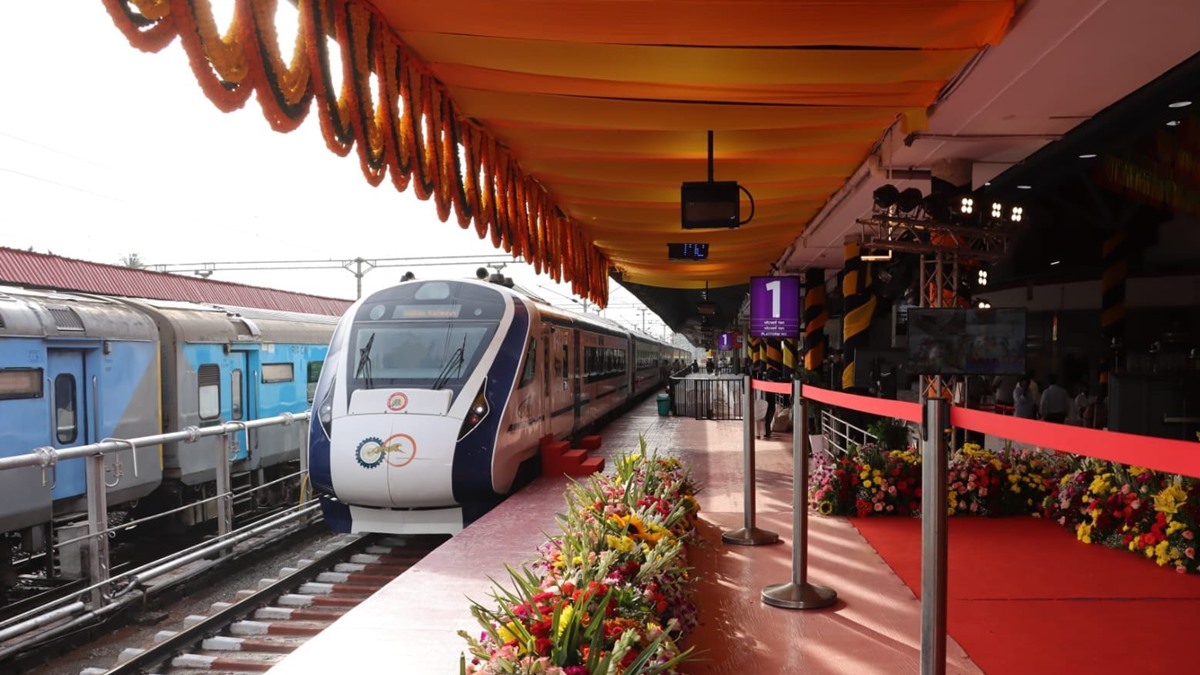
WHO admits airborne transmission of COVID-19: Does this affect situation in India
New Delhi, May 06: As India grapples with second wave of coronavirus pandemic, questions are being raised about routes of transmission for the disease. Scientists are now strongly advocating inhaling small airborne droplets is probable as a third route of infection, besides more widely recognised transmission via larger respiratory droplets and direct contact with COVID-19 infected people.

While evidence for airborne transmission of COVID-19 is currently not conclusive, many authors have backed their claim, calling for immediate modification of established COVID-19 protocols.
What does airborne disease mean?
Unlike what many of us think, airborne does NOT mean outside air is contaminated. It means the virus may remain suspended in the air typically in indoor settings and pose a risk.
Recently, the World Health Organisationadmitted that the possibility of COVID-19 spreading in an indoor or poorly-ventilated setting does exist.
"Current evidence suggests that the virus spreads mainly between people who are in close contact with each other, typically within 1 metre (short-range). A person can be infected when aerosols or droplets containing the virus are inhaled or come directly into contact with the eyes, nose, or mouth," the WHO said in an updated guidelines.

"The virus can also spread in poorly ventilated and/or crowded indoor settings, where people tend to spend longer periods of time. This is because aerosols remain suspended in the air or travel farther than 1 metre (long-range)," it added.
"People may also become infected by touching surfaces that have been contaminated by the virus when touching their eyes, nose or mouth without cleaning their hands.
" Further research is ongoing to better understand the spread of the virus and which settings are most risky and why. Research is also under way to study virus variants that are emerging and why some are more transmissible.
Where
does
COVID-19
spread
easily?
•
Crowded
places;
•
Close-contact
settings,
especially
where
people
have
conversations
very
near
each
other;
•
Confined
and
enclosed
spaces
with
poor
ventilation.
Does this change things in India?
No, the Centre has advised people to wear masks even at home amid concerns that the virus remains suspended in the air in the form of aerosol.
Earlier, the government would talk about wearing mask outdoors, but since the infection has spread, people should wear a mask even at home. Also, the government has also urged people who has covid-like symptoms to isolate immediately, in order to break the chain of transmission.
How
do
I
reduce
the
risk
of
COVID-19?
•
Follow
local
guidance
•
Keep
your
distance
•
Wear
a
mask
•
Avoid
crowded
places,
poorly
ventilated,
indoor
locations
and
avoid
prolonged
contact
with
others.
•
Spend
more
time
outdoors
than
indoors.
•
Avoid
touching
surfaces
•
Frequently
clean
your
hands
with
soap
and
water,
or
an
alcohol-based
hand
rub.
•
Cover
your
coughs
and
sneezes
with
a
bent
elbow
or
tissue,
throwing
used
tissues
into
a
closed
bin
right
away.
•
Get
vaccinated:
Recommended Video


 Click it and Unblock the Notifications
Click it and Unblock the Notifications

































